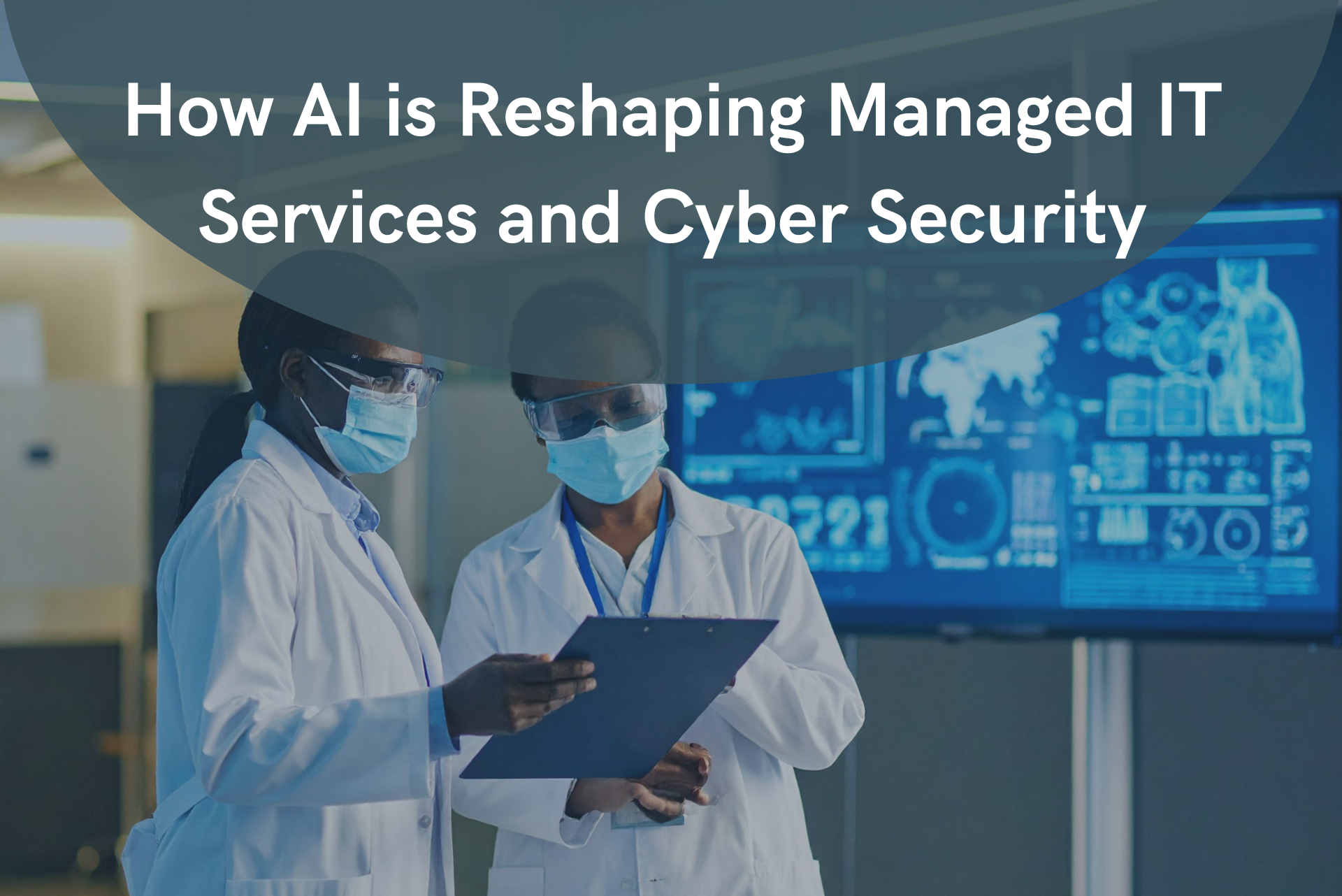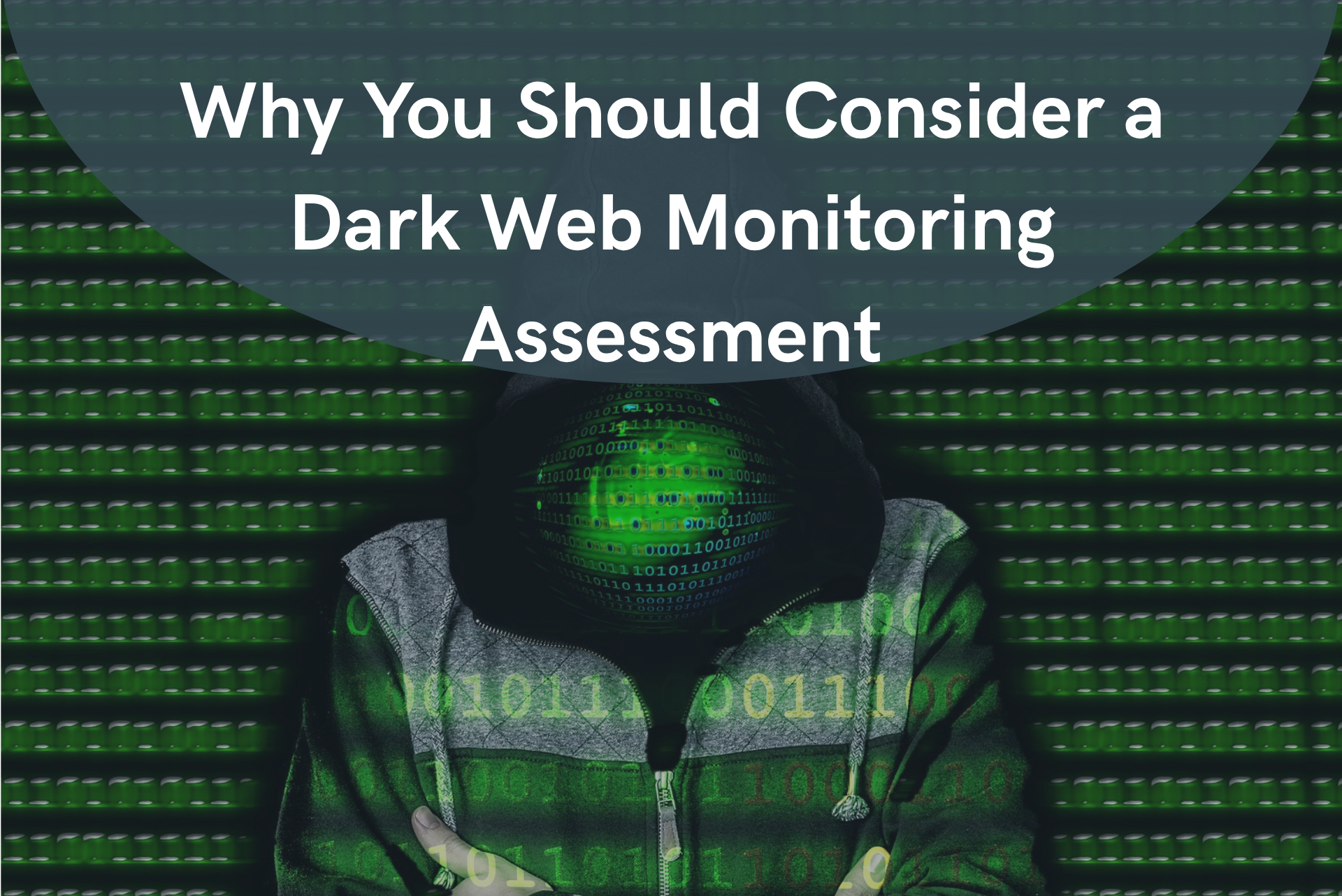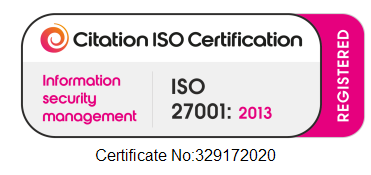How AI is Reshaping Managed IT Services and Cyber Security
Artificial Intelligence (AI) has moved from being a future concept to a daily reality in IT. For businesses of all sizes, AI is already reshaping how IT services are delivered, monitored and secured. From predictive threat detection to automated support, AI is transforming managed IT into something more proactive, more efficient, and more resilient than ever before.

From Reactive to Proactive IT
Traditionally, managed IT services have been reactive. An issue occurs, a ticket is raised, and an engineer resolves it. While effective, this model often means downtime, frustration and lost productivity.
AI changes that dynamic. By analysing system data in real-time, AI tools can spot patterns, detect anomalies and predict issues before they escalate. For example:
- Identifying a failing hard drive before it causes disruption.
- Predicting spikes in network traffic that could affect performance.
- Automatically applying patches and updates to close vulnerabilities.
This shift from reactive to proactive support reduces downtime and creates a smoother experience for end users.
Smarter Cyber Security
Cyber threats are evolving rapidly. Phishing, ransomware and insider attacks are now sophisticated enough to evade traditional security tools. AI helps level the playing field by enabling:
- Threat detection in real time – AI systems scan network traffic for unusual behaviour, not just known signatures.
- Automated incident response – containing suspicious activity within seconds.
- Adaptive defence – learning from every attempted attack to improve protection.
In short, AI-driven security can spot the attacks that humans might miss—and respond faster than any IT team alone could manage.
Automating the Everyday
Not every IT challenge is a major security event. Many tickets are simple, repetitive issues: forgotten passwords, access requests, or software installations.
AI-powered tools, such as chatbots and virtual support agents, can now handle these routine tasks instantly freeing up engineers to focus on more complex problems.
For businesses, this means:
- Faster resolution for staff.
- Lower costs on routine support.
- IT teams able to focus on strategy rather than firefighting.
Data-Driven Insights
AI is more than just a tool for problem-solving. It provides deep insights into how systems are performing, how staff are using technology, and where risks are emerging.
For example:
- Usage analytics can identify whether licences are being under-used.
- Performance data can highlight where investment is needed.
- Risk scoring can flag vulnerable areas before compliance issues arise.
With this intelligence, business leaders can make smarter decisions about IT investment, risk and growth.
The Human Element Still Matters
It’s important to be clear: AI won’t replace IT professionals or cyber security teams. Instead, it augments them.
Humans still bring judgement, context and empathy that AI cannot replicate. What AI does is amplify the reach and effectiveness of IT teams reducing manual work, increasing accuracy, and giving them the tools to respond at speed.
This balance between AI automation and human expertise is where managed IT services deliver real value.
Preparing for an AI-Driven Future
Adopting AI in IT services and security isn’t just about technology—it’s about mindset. Businesses need to:
- Assess current infrastructure – is it ready to integrate AI-powered monitoring and security?
- Review cyber security posture – AI works best alongside strong policies and user training.
- Partner with the right provider – not all managed IT partners are equipped with AI-driven tools.
- Plan for scale – AI will only grow more advanced; systems should be future-ready.
The businesses that embrace AI now will be better positioned for tomorrow’s challenges.
Why It Matters
AI might sound like a big-enterprise technology, but it’s increasingly accessible to SMEs. Managed IT providers can deploy enterprise-grade AI tools at scale giving smaller organisations access to the same advanced security and monitoring as larger firms.
For SMEs, the benefits are clear:
- Reduced downtime – fewer interruptions, more productivity.
- Stronger cyber security – protection against threats that could otherwise devastate a business.
- Cost efficiency – automation handles routine issues without adding headcount.
- Peace of mind – knowing IT systems are monitored and secured around the clock.
Final Word
AI is not the future of managed IT and cyber security it’s the present. From predictive maintenance to real-time threat detection, AI is already changing how businesses are protected and supported.
At Cranborne, we believe AI should be used to empower teams, reduce risk, and improve the everyday experience for staff and residents alike. The role of a managed IT partner is to harness these tools responsibly, blending automation with human expertise to deliver the best possible outcomes.
For businesses of all sizes, the message is clear: embracing AI-driven IT services and cyber security isn’t optional. It’s the smartest way to stay resilient, secure and competitive in a digital-first world.
Ready to see how AI-powered IT can transform your business?
Cranborne Tech combines advanced AI tools with expert human support to keep your systems secure, efficient, and future-ready.
Contact us today to discuss how we can help you reduce risk, boost productivity, and stay ahead in a digital-first world.




